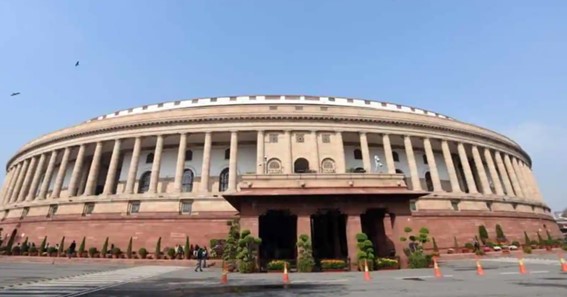Do you know when the idea of having a constituent assembly was proposed and by whom was it? It is good if you do but if you don’t then read this article till the end. Not only you will know the answer to the question above but also many more interesting facts related to the constituent assembly of India. Furthermore, we will also learn about the central committees in the Indian constituent assembly. For sure this is going to be an interesting as well as informative read. So without any further ado let us start reading.
The Indian Constituent Assembly’s Central committees
A total of 22 committees were appointed to build the constitution out of which 8 were major and the rest were minor. Look at the major committees in the Indian constituent assembly along with the names of their presidents below.
- Drafting Committee – Dr. B.R. Ambedkar
- Steering Committee – Jawaharlal Nehru
- Union Power Committee – Jawaharlal Nehru
- Union Constitution Committee – Jawaharlal Nehru
- Rules of Procedure Committee – Dr. Rajendra Prasad
- Provincial Constitution Committee – Sardar Patel
- States Committee (Committee for negotiating with states) – Jawaharlal Nehru
- Advisory Committee on Fundamental Rights, Minorities, & Tribal & Excluded Areas – Sardar Patel
This Advisory Committee on Fundamental Rights, Minorities, & Tribal and Excluded Areas had some subcommittees, let’s look at the names and the names of their presidents.
- Minorities Sub-Committee – H.C. Mukherjee
- Fundamental Rights Sub-Committee – J.B. Kripalani
- Excluded and Partially Excluded Areas (Other than those in Assam) Sub-Committee – A.V. Thakkar
- North-East Frontier Tribal Areas and Assam Excluded & Partially Excluded Areas Sub-Committee – Gopinath Bardoloi
Read and find out the functions of the P J Nayak Committee or the Committee to Review Governance of Boards of Banks in India made for
click here – Is Mediation Possible After Experiencing A Personal Injury
Important Facts About The Indian Constituent Assembly
From the points below learn about some of the most important facts about the constitution assembly and the constitution of India.
- The idea of the constituent assembly in India was presented in 1934 by Manabendra Nath Roy. However, it was actually developed on the basis of the plan of the Cabinet Mission in November 1946.
- The members of the constituent assembly were chosen by the provincial assemblies through controlled voting. It had 299 members.
- The first-ever meeting of the established constituent assembly was held on 9 December 1946. Dr. Sachchidananda Sinha was made the president of the first meeting of the Constituent Assembly. However, just after two days, Dr. Rajendra Prasad was voted as the permanent president.
- On the objective proposition by Pandit Jawaharlal Nehru on 13 December 1946, the process of the composition of the constitution began.
- The Constituent Assembly elected 22 committees to deal with the different tasks of making the constitution. Sir Benegal Narsing Rau was picked as the constitutional consultant of the Constituent Assembly.
- On 8th February 1948, the draft of the constitution was submitted to the Constituent Assembly. It took 2 years, 11 months, and 18 days to conclude the whole work.
- Finally, on 26th November 1949, the president of the Constituent Assembly president signed in the constitution, and on the same day, the constitution was accepted with a Preamble 395 Articles and 8 Schedules.
- It came into existence on 26th January 1950 and this day is celebrated as Republic Day.
- The Indian constitution is the largest documented constitution in the world. Currently, it has Preamble 458 articles, 12 schedules, 25 parts, and 98 amendments.
click here – A complete guide to wearing Beautyforever bob wigs
Hope this article provided you with informative takeaways and that you understand the constituent assembly and the constitutions better than before. For more such informative articles stay connected with us.

